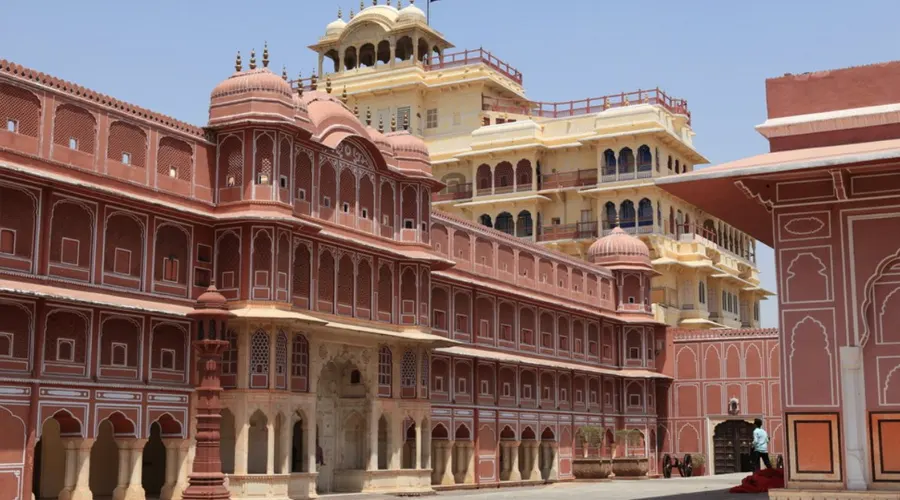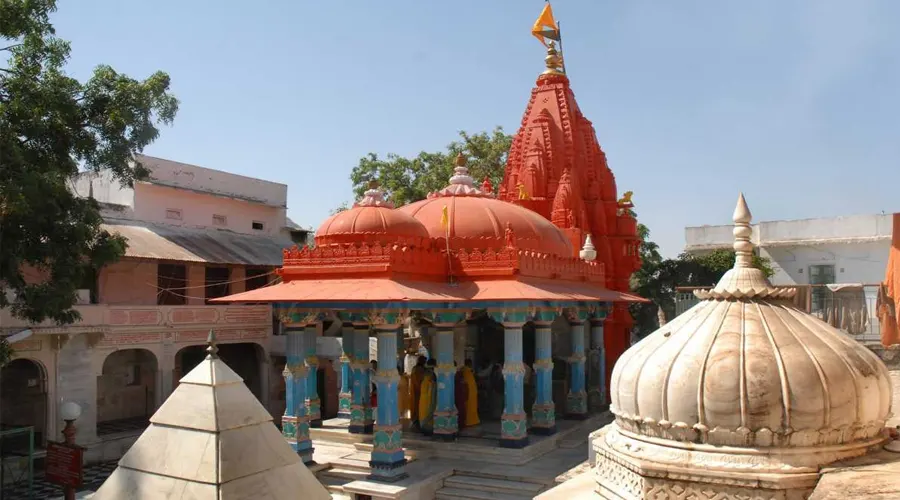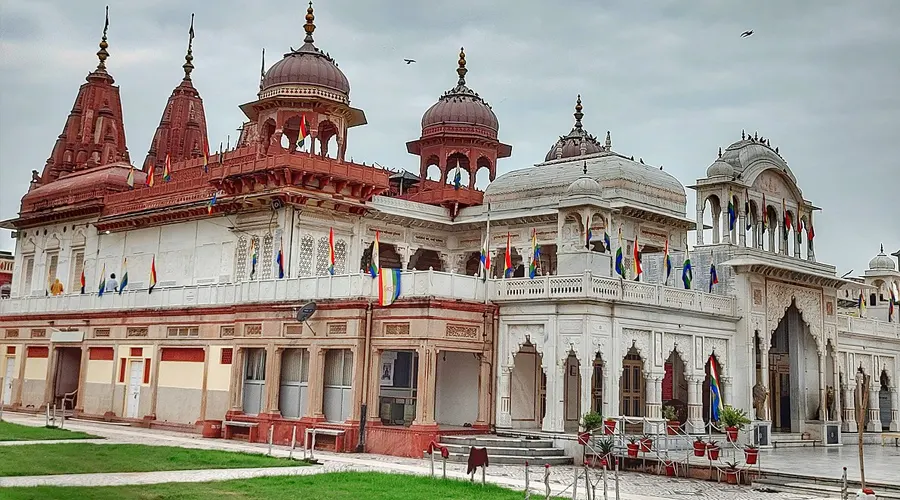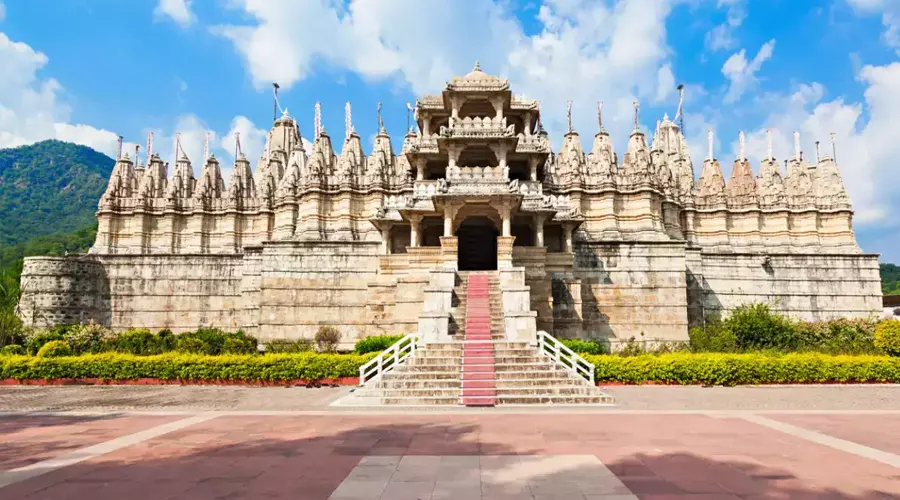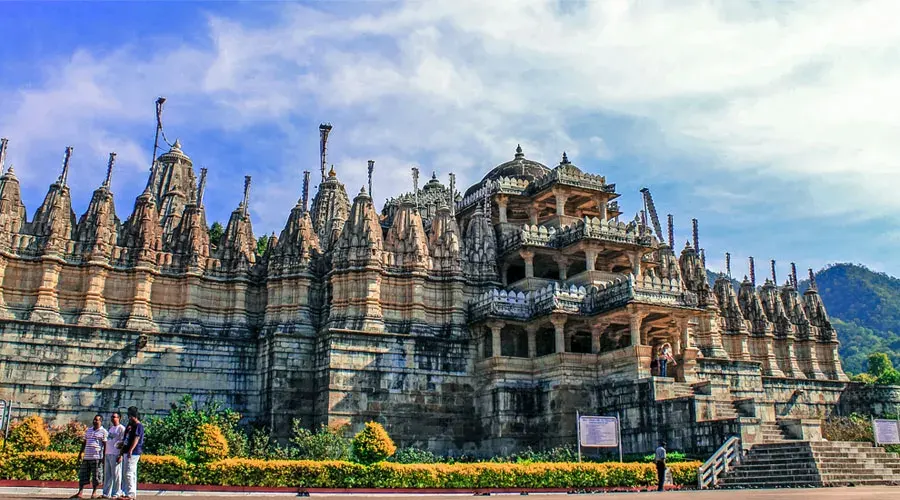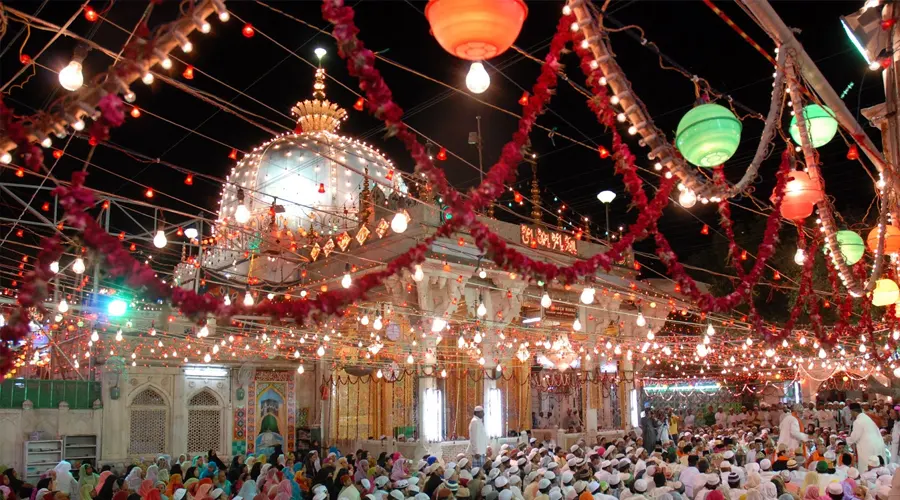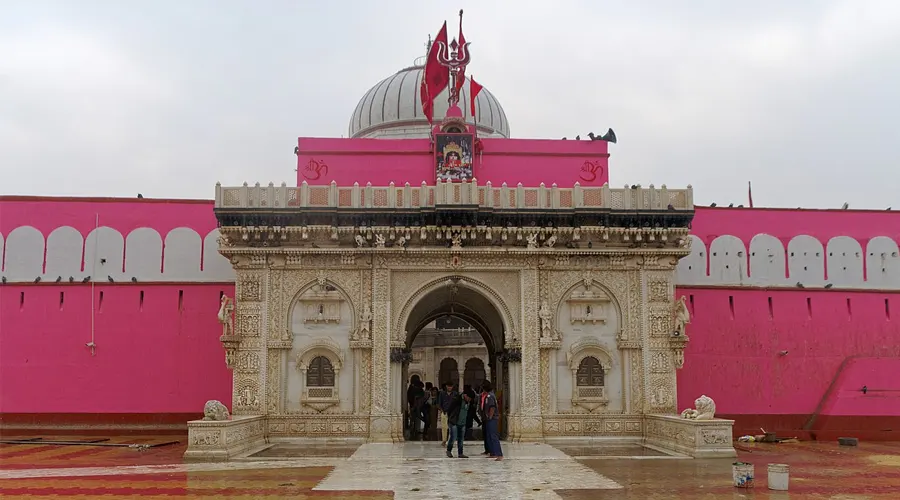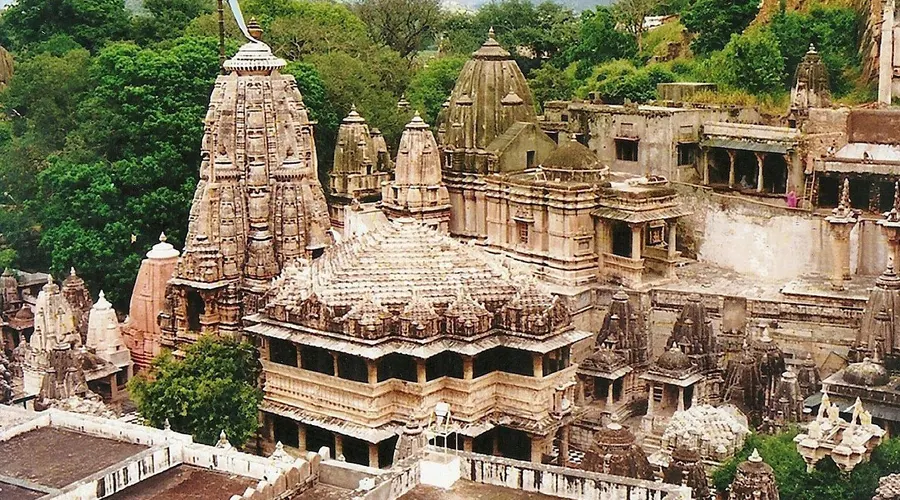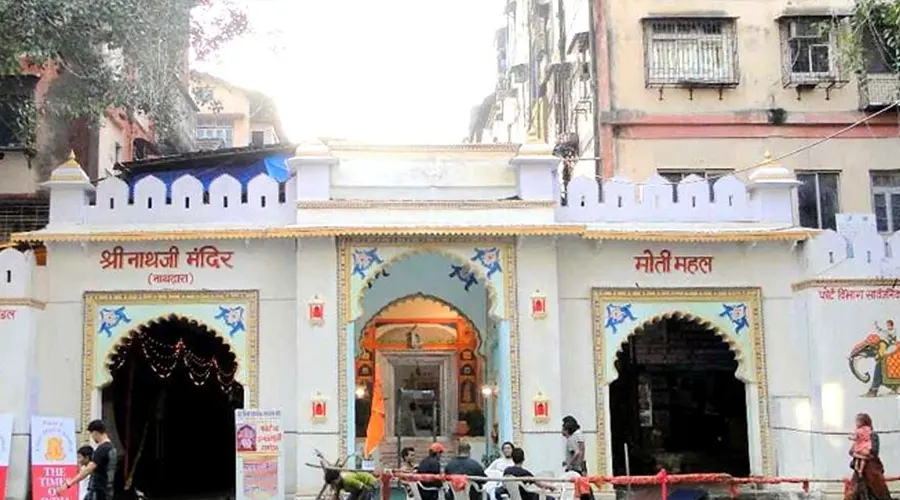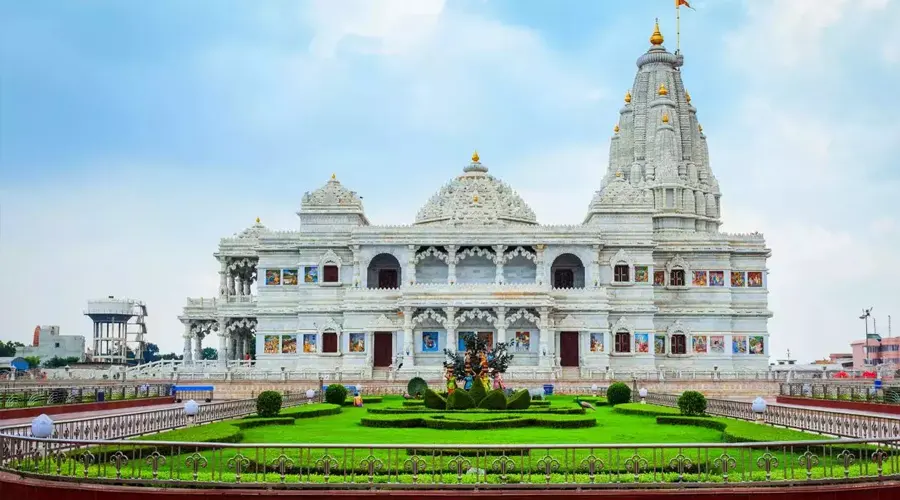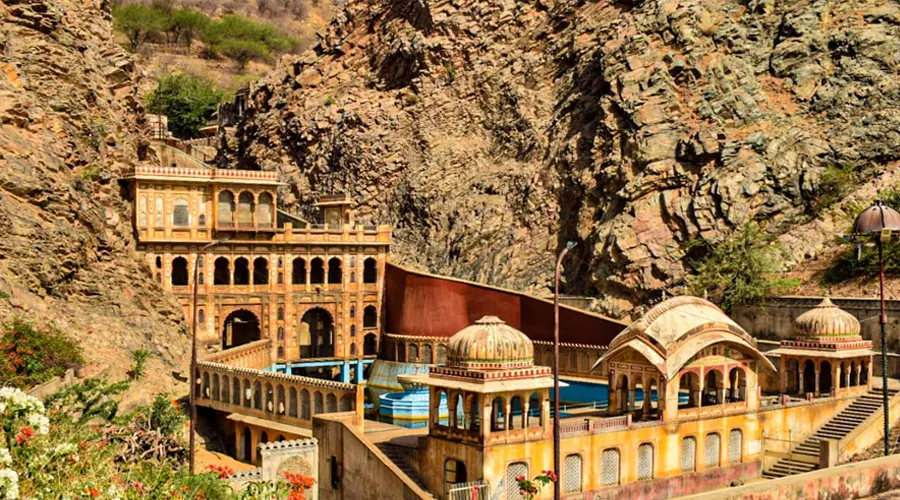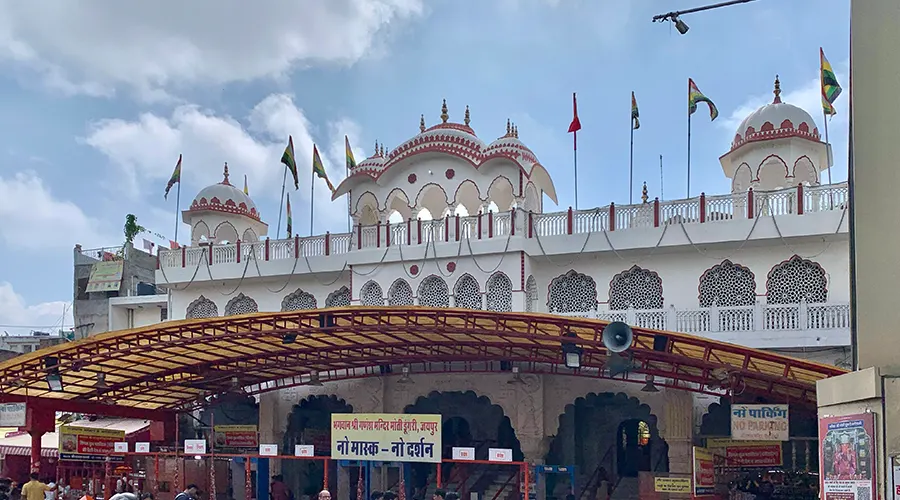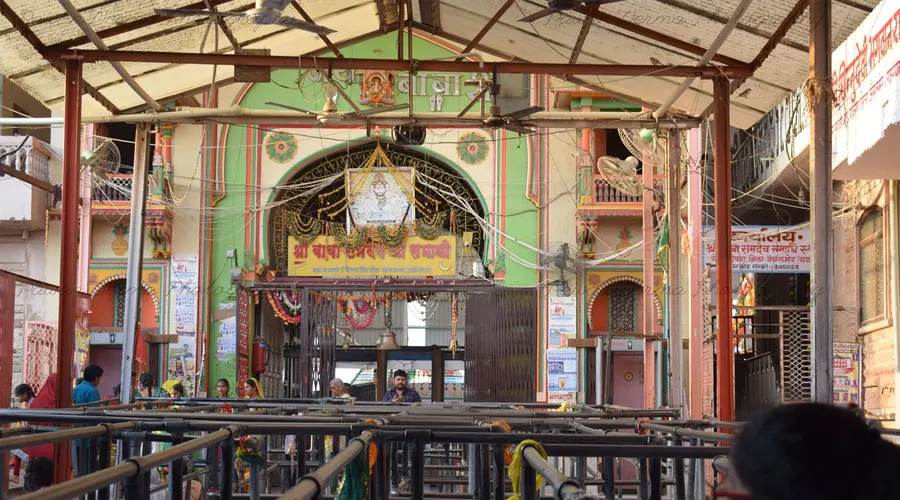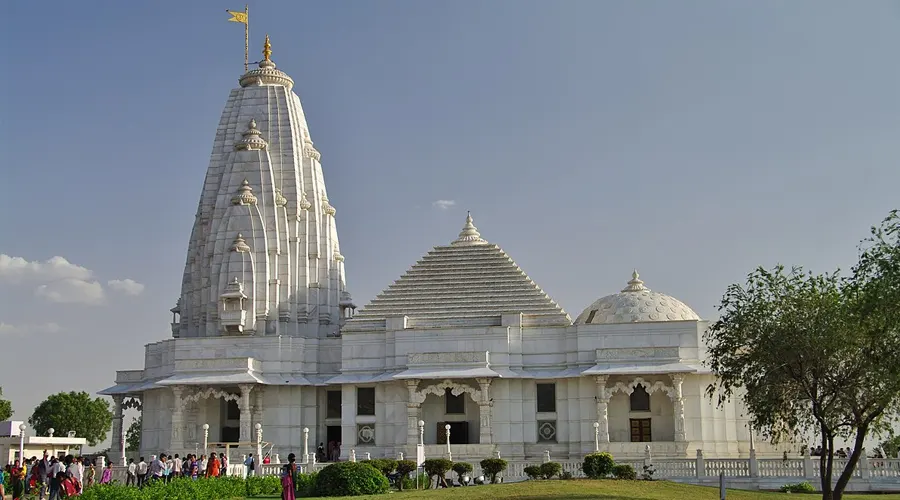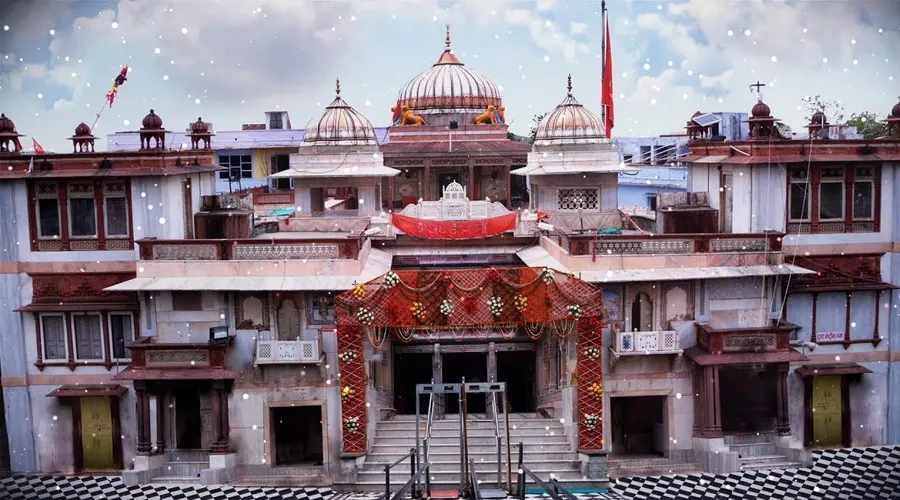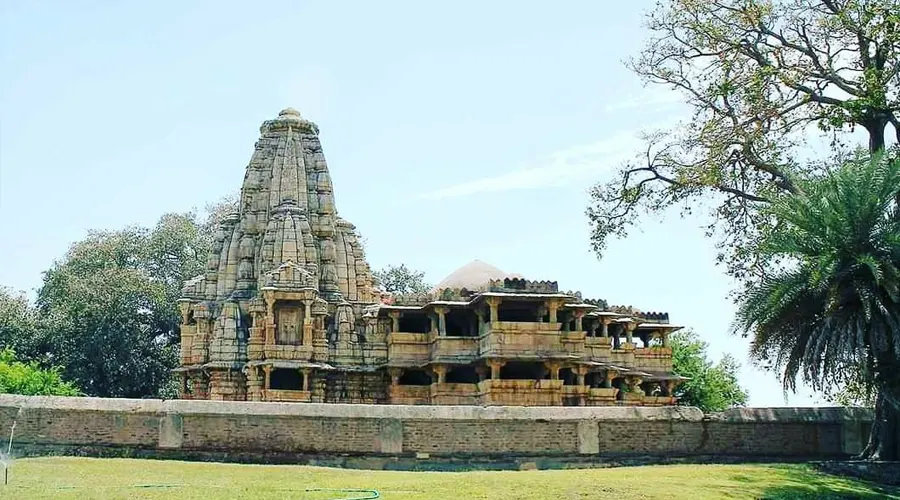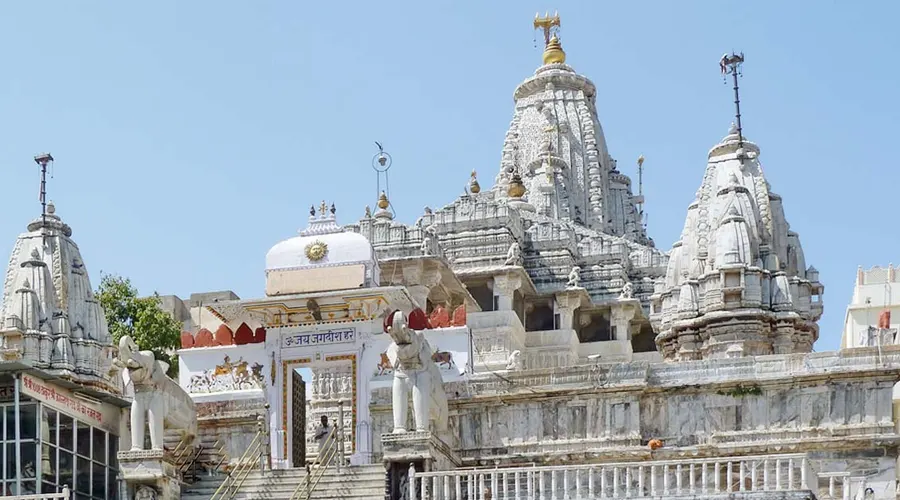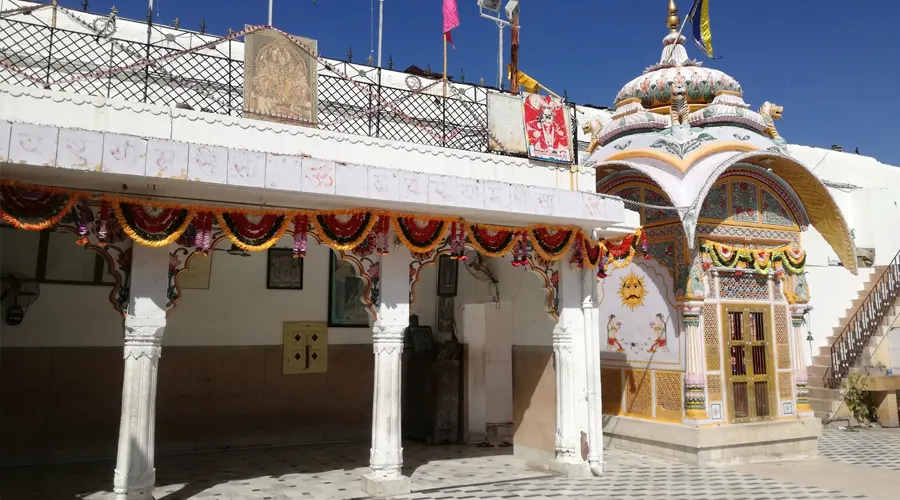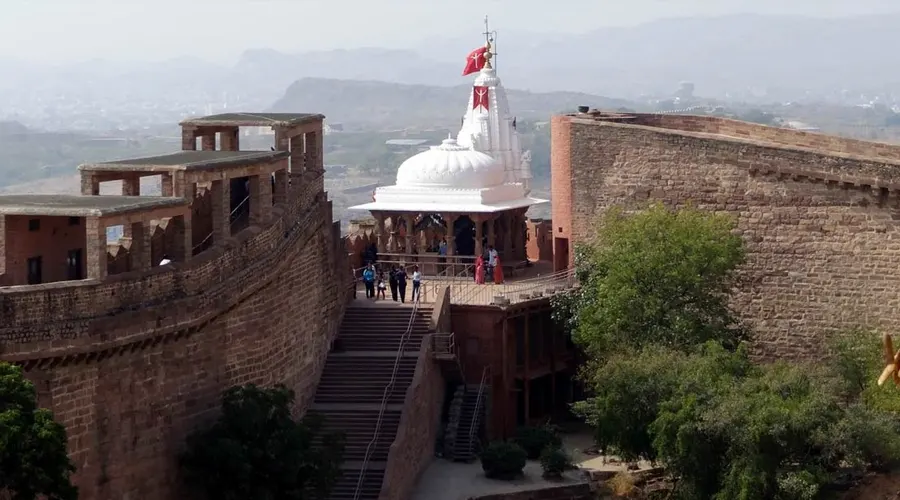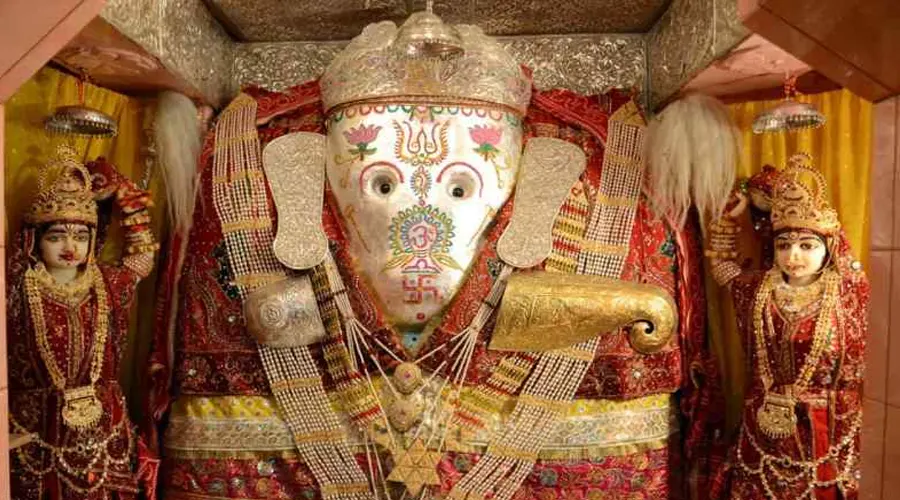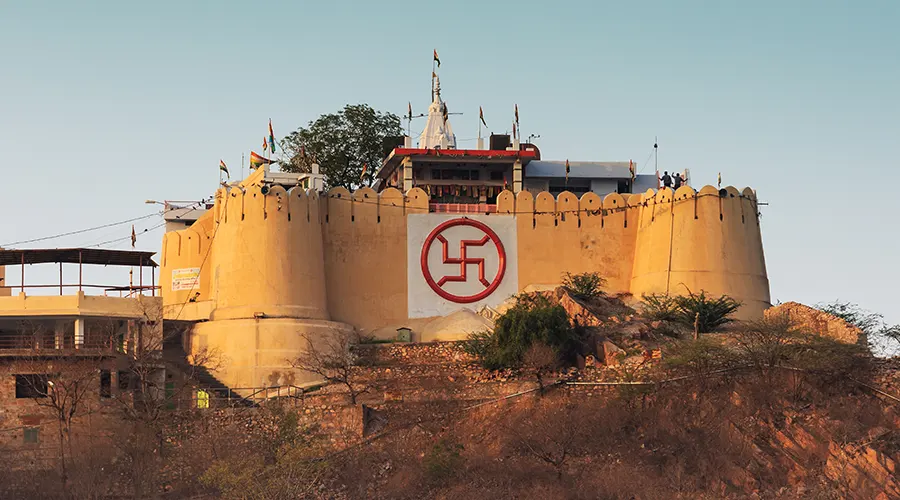City Palace
Built on the banks of Lake Pichola, the City Palace in Udaipur is considered to be the largest royal complex in Rajasthan. The magnificent palace was built in the year 1559 by Maharana Uday Singh and served as the main seat of power, where the Maharanas lived and administered the kingdom. Subsequently, the palace was made even more splendid by his successors, who added several structures to it.
The Palace now has an assortment of Mahals, courtyards, pavilions, corridors, terraces, rooms, and hanging gardens. There is a museum here as well that showcases some of the finest elements of Rajput arts and culture - from colorful paintings to the typical architecture found in Rajasthani palaces.
Nestled in the bosom of the Aravallis, the granite and marble edifice of the City Palace stands in contrast to its quaint natural surroundings. The intricate architecture of the regal palace is a subtle mix of medieval, European as well and Chinese influences and is embellished with numerous domes, arches, and towers. The City Palace itself lies on a bed of lush green gardens and is quite an imposing sight to behold.
The regal beauty of this attraction has quite a few fans in the film industry as well, and several movies such as 'Guide' and 'Octopussy' have been shot here. A gentle amalgam of architectural genius and rich heritage, the City Palace of Udaipur is a wonderful trip down the pages of history.
History of City Palace
The history of the palace is tied to that of the Mewar kingdom, which had reached its heights near the territory of Nagda. The kingdom's founder was Guhil, who established the Maharana dominance in the year 568 AD. Subsequently, his successor Maharana Uday Singh II inherited the Mewar kingdom at Chittor in 1537, but the threat of losing control of the kingdom to the Mughals compelled him to move the capital to a region near Lake Pichola. Flanked by forests, lakes and the mighty Aravalli Hills, the new city of Udaipur was safe from invaders and went on to build the palace on the advice of a hermit.
The first structure to be built here was the 'Rai Angan', from where the construction of the complex was taken up with full vigor and finally completed in the year 1559. However, many changes were made to the then-existing structure, which was spread over 400 years. Rulers such as Udai Singh II added a few structures here, including 11 small separate palaces. Upon the Maharaja's death, his son Maharana Pratap succeeded him but was unfortunately defeated by Akbar at the Battle of Haldighati. Udaipur was overtaken by the Mughals but was returned to Maharana Pratap's son after Akbar's death.
The increasing offenses by the Marathas forced Maharana Bhim Singh to sign a treaty with the British, accepting their protection. The palace was under their control until Indian independence in 1947 and the Mewar Kingdom was merged with democratic India in 1949.
Architecture of City Palace
The main facade of the City Palace is quite a striking sight, with a height of about 244 meters and 30.4 meters in width. A unique feature of this palace is that it is homogeneous in the design and construction of its many structures since many additions were made to it over time. Built out of granite and marble, the interiors of the palace are richly decorated with intricate mirror work, marble-work, murals, wall paintings, silver-work, inlay-work, and colored glass. Elegant balconies, tall towers, and cupolas add another shade to the structure of the complex. An inviting view of the city can be seen from the terrace of the palace.
Inside, the City Palace is a labyrinth of long corridors that are designed to avoid surprise attacks by enemies. The entrance to the complex has an elephant gate, known as Hati Pol. There is a beautiful Jagdish temple at the entrance of the magnificent palace. It is followed by a Bari Pol or the big gate which leads the way to the courtyard which in turn leads to the Tripoli or the triple gate.
The city palace houses various luxurious apartments overlooking the entire view of the city. The Raj Angan, which means royal courtyard, is the oldest part of the complex and was built by Maharana Uday Singh. The Mahals have now been transformed into museums. The City Palace has 11 wonderful palaces and most of these are turned into galleries now. Amar Vilas is the highest point of the palace where you can see hanging gardens with fountains, towers, and terraces.

